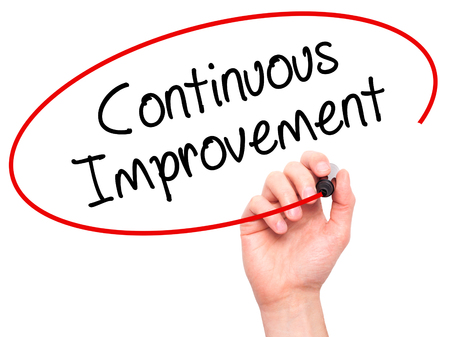Today’s equipment typically runs on a software platform and it is important to keep that software current. Not updating software may compromise performance and may result in errors and ultimately failure. A key part of our field team’s role when performing maintenance therefore, is checking the equipment’s software version and updating it to maintain currency.
Updating the Field Service Team
In our efforts to support our field service team as they look for opportunities to help the customer, we must also ensure that we keep them current. As a service organization, we are always adding to our portfolio of products and services. If we do not continually update our field team on these new capabilities, then not everyone on the team will be familiar with all that we do.
This is problematic because if one of our field service professionals is unaware of a capability, they will not recognize that there is an opportunity to help.
Even if they are aware, if they are not comfortable talking about the capability at a high level with the customer, then they may avoid the discussion altogether.
There are some things that you may wish to consider as you determine the currency of your field service team.
- Do you regularly update your team on your products and services?
- Does this update include how each service provides value for the customer and which circumstances would make a customer a candidate to benefit?
- Do you provide some suggested questions that the field professional could ask to uncover whether a customer would benefit from that product or service?
- Do you provide opportunities for the field team to practice a conversation about the product or service in a safe environment (i.e. role plays)?
- Do you help your team recognize the value to them and to their customers of keeping themselves updated on your capabilities?
We provide great value when our field service team uncovers opportunities that will help our customers to be better off. This proactive approach to service will differentiate us from the crowd by helping our customers realize that they are better off as a result of working with us.
To keep our business development by our field service team working in tip-top order, we need to maintain it.
This maintenance includes:
- Checking for overall mechanical condition and wear
- Replacing, refurbishing, or cleaning of the wearable parts and consumables
- Checking alignments and readjusting if applicable
- Lubricating moving parts
- Checking and updating spare parts inventories
- Updating software to maintain currency
By regularly addressing these key maintenance tasks, we can be assured that the proactive efforts of our field team will deliver a service that goes beyond keeping our customers’ equipment running well and measurably helps them them achieve their business goals.
Let’s Connect
As always, I welcome your comments and questions. You can connect with me via telephone or email or leave a comment right here on the site. If you are reading this blog post via email, you will need to locate this post on my website by clicking here. Scroll down to the bottom of the page where you will find the comment section.
Jim Baston
“We cannot solve our problems with the
same thinking we used when we created them.”
– Albert Einstein











